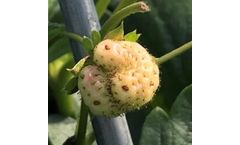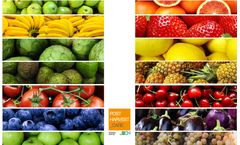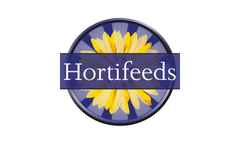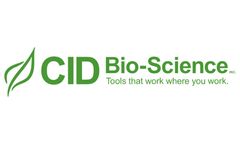Fruit Firmness Articles & Analysis: Older
12 articles found
Soft Fruit Agronomist, Dr Neil Holmes, gives an autumn strawberry update. As strawberry crops approach the autumn season, several challenges remain for late 60-day June bearer and ever bearer crops. Inclement weather over recent weeks has increased the chances of botrytis and rots developing on the fruits. By the time grey mould has developed on the fruit, there is little that can be done to ...
It is produced naturally in fruits causing the color, firmness, flavor and characteristic aromas of each fruit to change. ...
What quality parameters can be influenced (fruit size, flavour, firmness, shelf life, etc.)? All crop quality parameters can be enhanced through correct use of nutrition. ...
Though firmness has been popularly used to assess the quality of fruit, fruit dry matter is now increasingly being used instead. ...
Peaches and nectarines are climacteric fruit. Their rapid ripening after harvest is the reason for their short shelf life and it represents a serious limitation on the handling and transporting of this fruit. Ethylene is the direct or indirect cause of most of the physiological disorders in climacteric fruit. Ethylene significantly affects the ...
Peaches and nectarines are climacteric fruit. Their rapid ripening after harvest is the reason for their short shelf life and it represents a serious limitation on the handling and transporting of this fruit. Ethylene is the direct or indirect cause of most of the physiological disorders in climacteric fruit. Ethylene significantly affects the ...
Following the test period, the results demonstrated the benefits of eliminating ethylene from the air in the conference pear conservation chambers: A clearly superior firmness on leaving the cold chamber and during the following days. Slower yellowing of the fruit Almost complete absence of excessive ripening after 8 days at environmental temperature ...
Following the test period, the results demonstrated the benefits of eliminating ethylene from the air in the conference pear conservation chambers: A clearly superior firmness on leaving the cold chamber and during the following days. Slower yellowing of the fruit Almost complete absence of excessive ripening after 8 days at environmental temperature ...
The application of TW increased fruit total soluble solids but decreased fruit firmness whereas adding F, these changes were normalized. The F and/or TW application reduced fruit total phenolics, fruit acidity, and fruit length but not fruit diameter. No differences were observed ...
Banana ripening was delayed when dipped in 100–600 µg L−1, however; higher concentrations of 1–MCP were more effective for slowing ripening process and prolonging shelf–life. The changes in firmness, TSS, ascorbic acid contents and surface colour of fruit treated at 400 and 600 µg L−1 of 1–MCP remained strongly suppressed and consequently extended the storage ...
Through a direct survey conducted on a sample of firms operating in the Sicilian fruit and vegetable sector, the present study provides an empirical evidence on the degree of diffusion of ICTs as well as on relationships with the regional distribution system. To pursue this goal, a multiple regression analysis model was implemented to identify which factors ...
Flesh firmness, soluble solids content, titratable acidity, pH, weight loss and ethylene emission were determined on treated and untreated (controls) fruit. Application of putrescine resulted in a reduction in ethylene production as well as increase in fruit flesh firmness. Soluble solids content and pH declined, but titratable ...







